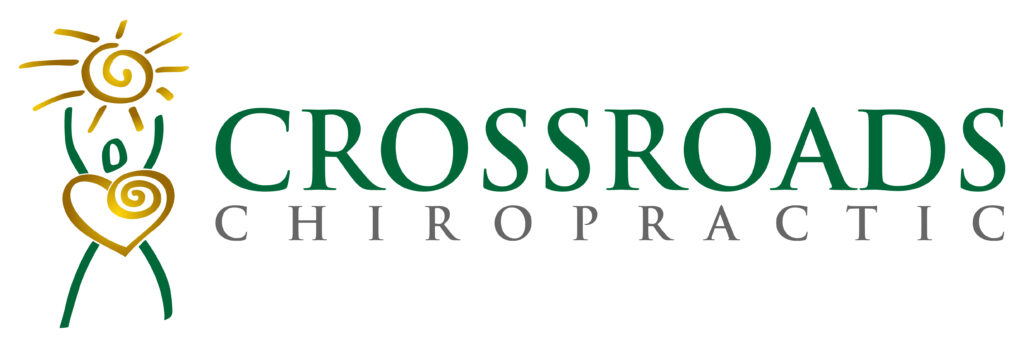When shopping for baby products such as bottles, bowls, and plastic toys, the label “BPA free” may be something you have seen. While the advertisement itself is enough to perk your interest and perhaps keep you from buying products containing BPA, what exactly is it and why is it important to avoid?
BPA (bisphenol A) a petrochemical and contaminant found in plastic products such as water bottles, plastic containers and wrap as well as the lining of canned goods, has been linked to a long list of serious chronic disorders including cancer, cognitive and behavioral impairments, endocrine system disruption, reproductive and cardiovascular system abnormalities, diabetes, altered immune function, asthma and obesity. It has been found to contribute to dis-ease by mimicking the body’s hormones and causing disruption (3,5,7).
The disturbing part, this toxic substance can affect your children even before they have the chance to drink from a bottle! According to recent research conducted by the Environmental Working Group, this substance, along with 231 other toxic chemicals, was found in nine out of ten random samples of cord blood taken from American infants (5, 6,7). That’s 90%!! This means that fetus’s are not protected from the toxins their mothers are exposed to and experience the effects at a higher level. “This can lead to chromosomal errors in the developing fetus, which can cause spontaneous miscarriages and genetic damage. And being exposed to just 0.23 parts per billion of BPA is enough to disrupt the effect of estrogen in a baby’s developing brain” (7). In fact, not only do infants and children have underdeveloped organ systems that detoxify and excrete chemicals, they also have immature and porous blood brain barriers, placing them more at risk for brain exposure and neuro-developmental disorders (7). With that being said, women of child bearing age, and those who are pregnant should consider the sources of BPA and be diligent in avoiding them. Although the FDA declared BPA safe in 2008, they now have “some concern about the potential effects of BPA on the brain, behavior and prostate gland of fetuses, infants and children” and are becoming more aggressive in “re-evaluating the way they regulate BPA” (1,2,3).
Although there are many toxic chemicals that are added to our food and declared “safe” by the FDA that can cause serious problems in the body (aspartame being a prime example), BPA is one of the less talked about substances that seems almost impossible to avoid because it is found in so many things we use on a daily basis and don’t think twice about. Tips to stay clear of BPA include: drinking from glass bottles, buying fresh or frozen rather then canned food products (and eating more a “cave-man” style diet), drinking plenty of water to flush toxins from your system, and receiving regular chiropractic care. Regular Chiropractic care is an important aspect in helping your body handle the wide variety of chemicals it is exposed to by keeping your system optimally functioning despite its potentially toxic load. Since the nervous system is responsible for regulating endocrine (hormonal) function, as well as the function of every system in your body, Chiropractic adjustments that remove nerve interference help the body to function at 100%, and can contribute to an optimally functioning system. Consider chiropractic care for yourself and your family today, especially if you are pregnant.
– Dr. Denise
[1] “Understanding FDA food packaging regulations,” White-paper by Rohm and Haas,
[2] Kissinger M. “FDA says it’s unable to regulate BPA” (January 17, 2010) Milwaukee Journal Sentinel
[3] “Update on bisphenol A for use in food contact applications: January 2010” U.S. Food and Drug Administration
[4] http://articles.mercola.com/sites/articles/archive/2010/02/04/fda-shifts-position-now-has-concerns-about-bpa-risks-.aspx
[5]www.mothering.com/toxic-chemicals-found-in-babies (12/09/09)
[6]www.ewg.org/minoritycordblood/fullreport
[7] Dr. Mercola -“232 Toxic Chemicals Found In Babies” (12/31/09) http://articles.mercola.com/sites/current.aspx
